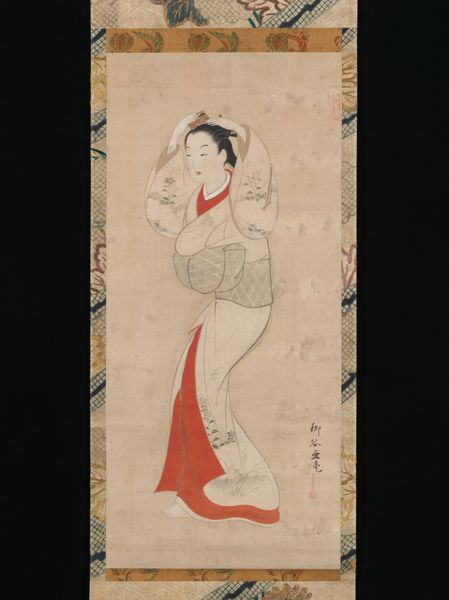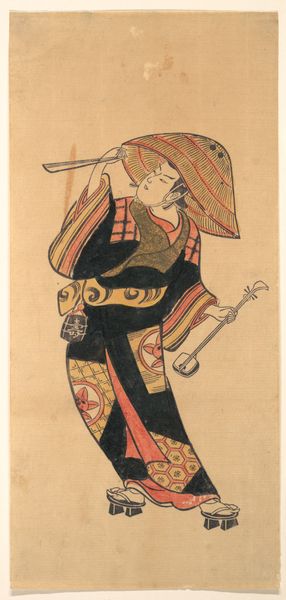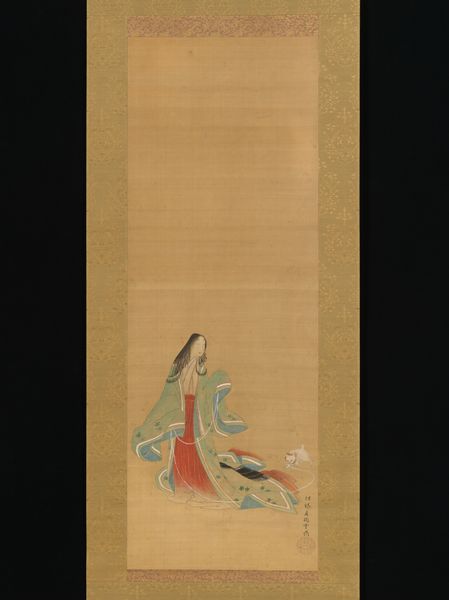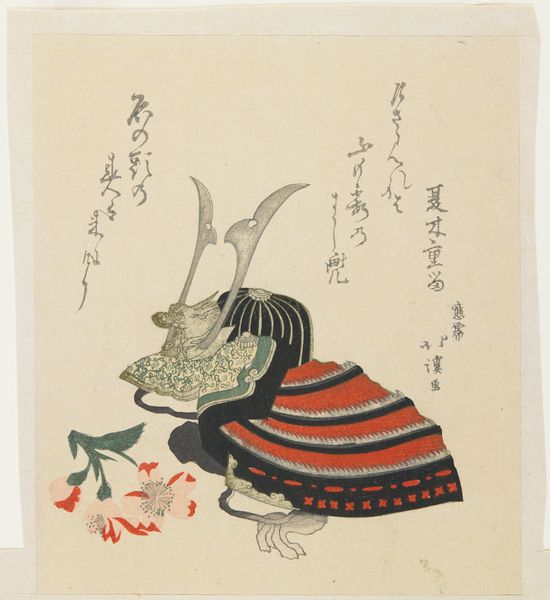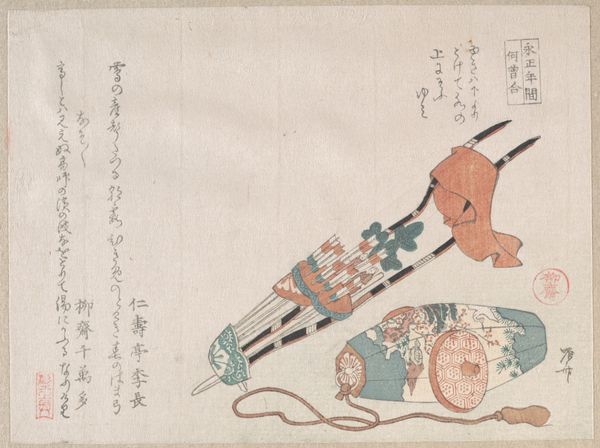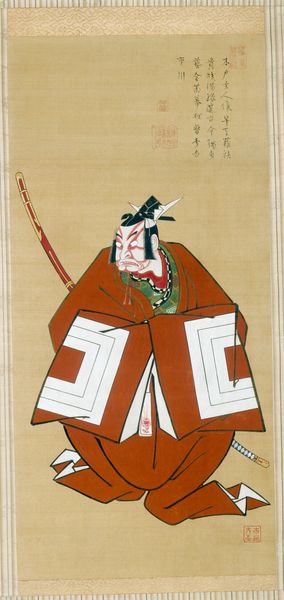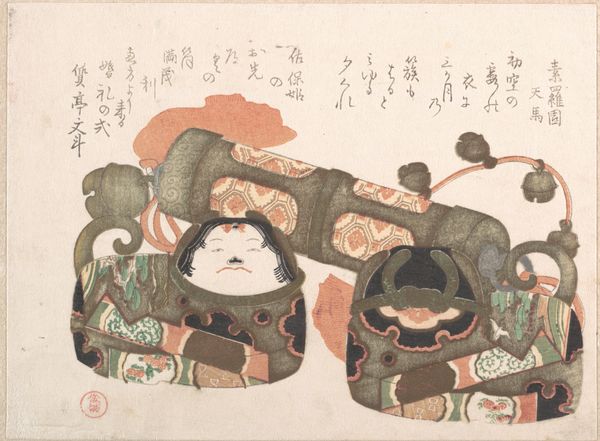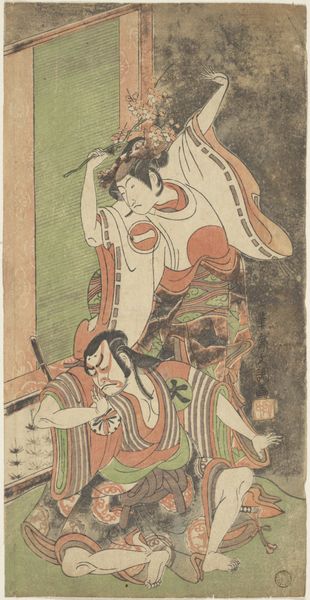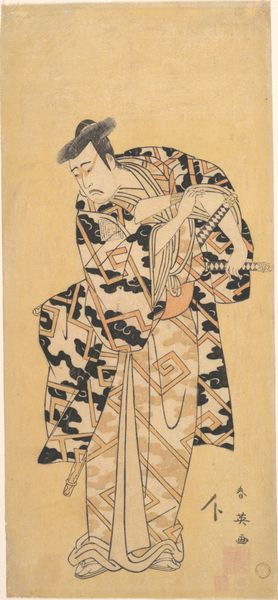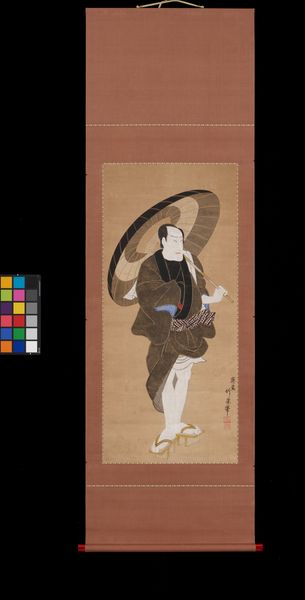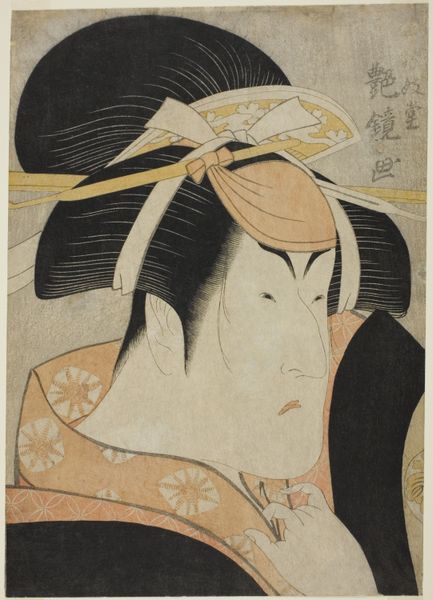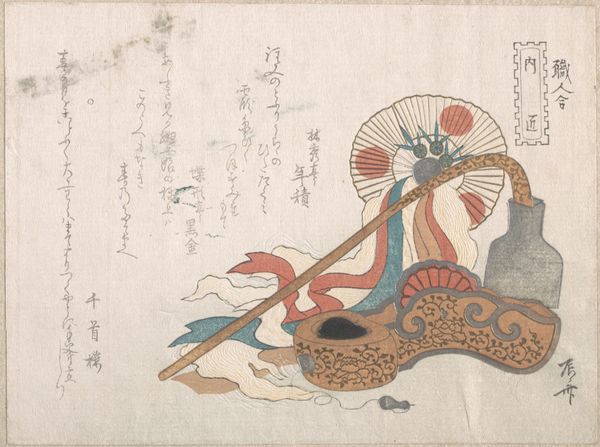
ceramic, earthenware
#
pottery
#
ceramic
#
figuration
#
earthenware
#
geometric
#
ceramic
#
indigenous-americas
Dimensions: 11 × 15.6 cm (4 5/16 × 6 1/8 in.)
Copyright: Public Domain
Curator: Well, look at this—a terracotta cup created by the Nazca people sometime between 180 and 500 CE, held right here at the Art Institute. It's titled "Cup Depicting Abstract Lizards." My first thought? This cup seems...alive. Like the lizards might slither right off it. Editor: Alive, yes, but in a strictly representational capacity, wouldn't you agree? We're drawn to this Nazca vessel through its very formal properties: the striking horizontal bands, the curves rhythmically counterposed against those rather rigid vertical elements issuing from the lizard heads. Curator: Rigid? I see playful geometry! Each lizard seems to have its own distinct character. It's interesting how they turned something so tangible—a lizard—into almost pure, energetic lines. A sort of zoomorphic dance, isn’t it? Editor: Precisely. Notice how the abstract nature forces us to confront line, shape, and color directly. There’s an intriguing tension between the presumed utility of the cup and the seemingly symbolic purpose of the decoration. Curator: Perhaps its functionality *was* symbolic. Imagine the rituals or ceremonies it may have been part of. And that simple palette – the creams, oranges, black against that warm terracotta, feels so connected to the earth, to the sun-baked landscapes where the Nazca lived. The shapes could be mountains, clouds. Lizards, yes, but also something more universal. Editor: The semiotic framework through which the lizard motif is deployed suggests an engagement with larger concepts of environment, perhaps. What is genuinely affecting about this cup is the masterful way the painting underscores the inherent form. Look how skillfully the creatures seem both supported and circumscribed by the vessel. Curator: Yes, seeing those undulating forms on the curved surface – it breathes. It definitely has a pulse, like a story told across generations. So much artistry on such a modest form. Editor: A humble object, undoubtedly, but elevated into art. Something profound, springing from a functional thing, yet existing far beyond it.
Comments
No comments
Be the first to comment and join the conversation on the ultimate creative platform.
